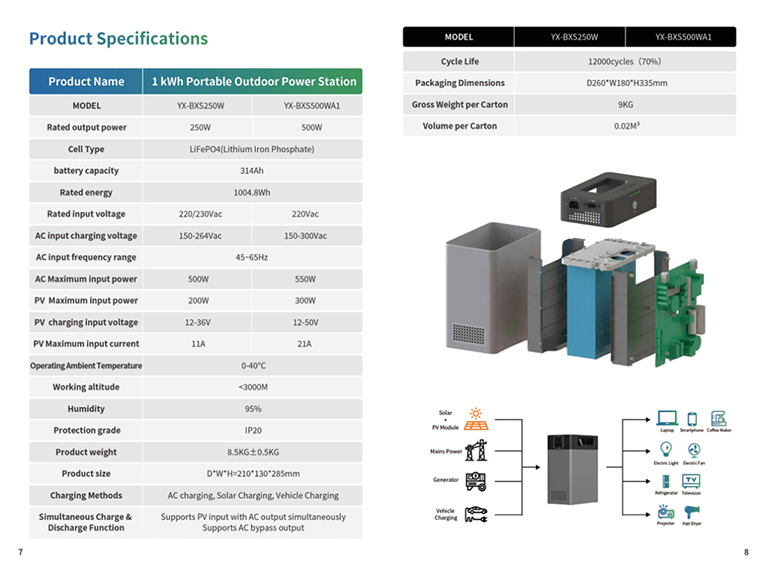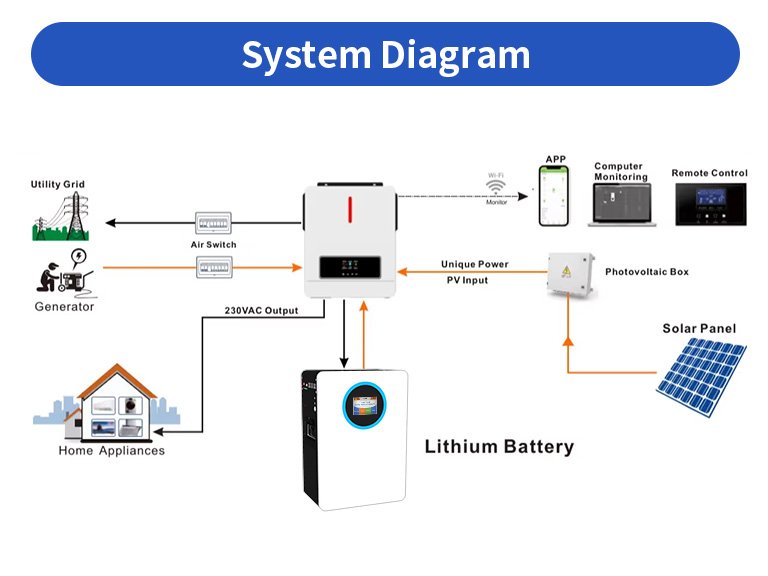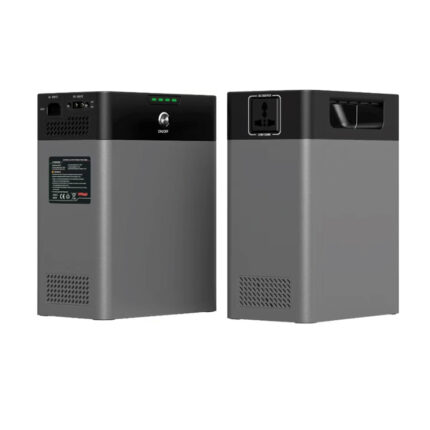Blog
The New Energy Storage Industry in 2025: Trends, Challenges, and Opportunities

Industry Growth and Market Trends
The year 2025 marks a significant turning point for the energy storage industry, often referred to as the “year of large-scale energy storage application explosion.” The sector has transitioned from policy-driven growth to market-driven expansion, with applications extending from single-use scenarios to diverse fields including industrial and commercial, grid-side, and overseas markets.
Globally, the energy storage market size is estimated at USD 58.41 billion in 2025, projected to reach USD 114.01 billion by 2030, growing at a compound annual growth rate (CAGR) of 14.31%. This robust growth is fueled by several key factors:
- Renewable Energy Integration: As solar and wind power adoption increases, energy storage solutions are becoming essential to address their intermittent nature.
- Government Policies: Favorable regulations and programs worldwide are accelerating energy storage system adoption.
- Cost Reductions: Lithium-ion battery prices are expected to fall below $100/kWh by 2025, making storage systems more affordable than ever.
In China, the world’s largest energy storage market, new energy storage installations have surpassed pumped-storage hydropower to become the main growth driver. By 2024, China had built 73.76 GW/168 GWh of new energy storage capacity, accounting for over 40% of global installations.
Technological Advancements and Product Types
The energy storage industry features a diverse range of technologies, each with unique characteristics and applications:
Primary Energy Storage Technologies
| Technology Type | Characteristics | Applications |
| Lithium-ion Batteries | High energy density, fast response, modular design | Residential, commercial, grid-scale storage |
| Flow Batteries | Long cycle life, scalable capacity | Long-duration energy storage, utility applications |
| Compressed Air Energy Storage | Large-scale, long-duration | Grid stabilization, renewable integration |
| Thermal Energy Storage | Stores energy as heat | Industrial processes, district heating |
| Hydrogen Storage | High energy density, long-term storage | Seasonal energy storage, transportation |
Lithium-ion batteries currently dominate the market, with energy density exceeding 400 Wh/kg and cycle life surpassing 10,000 cycles, while costs have dropped by over 60% compared to earlier versions. Emerging technologies like solid-state and sodium-ion batteries are also advancing toward commercialization.
Key Applications and Market Segments
Energy storage solutions are being deployed across multiple sectors:
- Residential Storage: Driven by solar panel adoption and energy independence goals, the residential market is projected to grow at a 9.3% CAGR, reaching $45.8 billion by 2030.
- Commercial & Industrial (C&I): Businesses are adopting storage for peak shaving, demand charge management, and backup power.
- Utility-Scale Storage: Grid operators use large-scale storage for renewable integration, frequency regulation, and capacity deferral.
- Portable Storage: The portable energy storage market is recovering, with companies like EVE Energy reporting 68% profit growth in 2025.
- Electric Vehicles: As EV adoption grows, vehicle-to-grid (V2G) technologies are creating new storage applications.
Challenges Facing the Industry
Despite rapid growth, the energy storage sector faces several challenges:
- Raw Material Supply-Demand Imbalance: Mismatches in cobalt, lithium, and graphite supplies may slow market growth in coming years.
- Profitability Issues: Some Chinese state-owned power companies have reportedly paused lithium storage projects due to financial concerns.
- Regulatory Hurdles: Inconsistent policies across regions create uncertainty for investors and developers.
- Technical Limitations: Energy density, safety, and lifespan remain concerns for certain technologies.
Future Opportunities and Outlook
The energy storage market presents numerous growth opportunities:
- Renewable Energy Expansion: As countries increase renewable capacity, storage will be crucial for grid stability.
- Government Incentives: Programs like the U.S. Inflation Reduction Act are boosting storage investments.
- Technological Innovation: Breakthroughs in solid-state, sodium-ion, and other next-gen batteries will open new markets.
- Circular Economy: The battery recycling market is projected to grow at 10.5% CAGR, reaching $54.3 billion by 2030.
- Global Market Expansion: While Asia-Pacific currently leads, Europe and North America are also experiencing rapid growth.
Conclusion:
The energy storage industry in 2025 stands at an inflection point, transitioning from early adoption to mainstream deployment. With technological advancements driving down costs and increasing performance, storage systems are becoming integral to modern energy infrastructure worldwide. While challenges remain in supply chains and profitability, the long-term outlook remains positive as the world continues its shift toward cleaner, more resilient energy systems. The coming years will likely see further market consolidation, technology diversification, and innovative business models that will shape the future of energy storage.



















